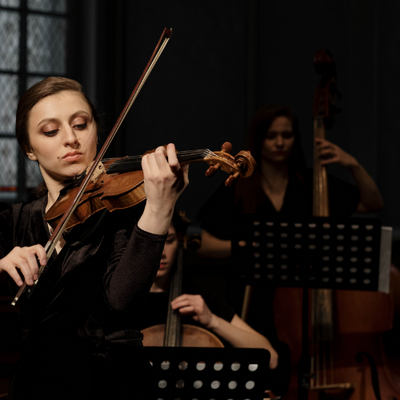
Bowing is at the heart of string playing. Whether you're a violinist learning your first scales or a seasoned cellist refining a concerto, mastering bowing techniques is essential to expressing the full potential of your instrument. The bow acts as a bridge between the musician and their instrument, translating intention into sound. From the foundational strokes to advanced articulation, bowing is as much about control as it is about creativity.
Understanding the Basics of Bowing
For beginners, bowing can seem deceptively simple. Holding the bow correctly, maintaining a steady stroke, and producing a clear tone are the initial goals. These foundational skills require patience and regular practice. A good starting point is the détaché stroke, which involves smooth, separate bowing for each note. Détaché teaches control and precision, building the groundwork for more complex techniques.
Posture and grip are critical. The bow hold should be firm but relaxed, allowing flexibility in the fingers and wrist. Practising in front of a mirror can help ensure the bow moves parallel to the bridge, maintaining even pressure along the strings. Beginners often find that focusing on evenness and tone production in their bow strokes helps them develop a confident, consistent sound.
Developing Intermediate Bowing Techniques

As players progress, they encounter techniques that add nuance and texture to their music. Legato bowing, for example, enables seamless connection between notes, creating a smooth, flowing sound. Conversely, staccato bowing involves short, detached strokes that bring energy and clarity to the music.
Another essential technique for intermediate players is spiccato. This controlled bouncing of the bow adds lightness and character, often used in faster passages or lively compositions. Mastering spiccato requires an understanding of balance and natural bow rebound, achieved through practice at slower tempos before gradually increasing speed.
Exploring Advanced Bowing Techniques
For advanced players, bowing becomes an art form that shapes the interpretation of a piece. Techniques like ricochet, where the bow bounces across the strings in rapid succession, demand precision and agility. Sul ponticello and sul tasto, which involve bowing near the bridge or fingerboard, respectively, add unique tonal colours to the music.
Advanced players also focus on bow distribution, controlling how much bow is used for each note to achieve desired dynamics and phrasing. This level of mastery allows musicians to convey emotion and intention with every stroke, whether in the softest pianissimo or the boldest fortissimo.
For cellists, bowing mastery often includes intricate double stops, where two strings are played simultaneously, requiring careful adjustment of pressure and angle. Violinists, too, explore the rich possibilities of bowing, from delicate harmonics to powerful chords.
Tips for Improving Your Bowing Technique

- Daily Practice: Dedicate time to open-string exercises. They may seem repetitive but are invaluable for developing a strong bowing foundation.
- Use a Metronome: Practising with a metronome helps maintain even rhythm and tempo, which is critical for clean bowing.
- Experiment with Bow Pressure: Try varying the pressure applied by the bow to explore the range of dynamics and tone your instrument can produce.
- Record Yourself: Listening to recordings of your practice sessions can reveal inconsistencies or areas for improvement.
- Seek Feedback: Teachers and peers can provide valuable insights into your technique. Never hesitate to ask for constructive criticism.
Choosing the Right Bow
While technique is paramount, the bow itself plays a significant role in achieving desired results. Beginners may start with more affordable options, but as players advance, the importance of balance, weight, and material becomes apparent. Upgrading to a bow that complements your playing style can make a noticeable difference in both sound quality and ease of execution.
Conclusion
Bowing is both a science and an art. It requires dedication, attention to detail, and a willingness to explore new techniques. Whether you're embarking on your first lessons or refining advanced strokes, the journey of mastering bowing offers endless opportunities for growth and musical expression.
Remember, every great bow stroke begins with intention and practice. As you develop your bowing skills, you’ll unlock the ability to bring music to life, captivating listeners with each note you play.
Discover our collection of bows, from beginner to advanced, crafted to enhance your playing experience with the perfect balance, responsiveness, and tone for every stage of your musical journey.





















